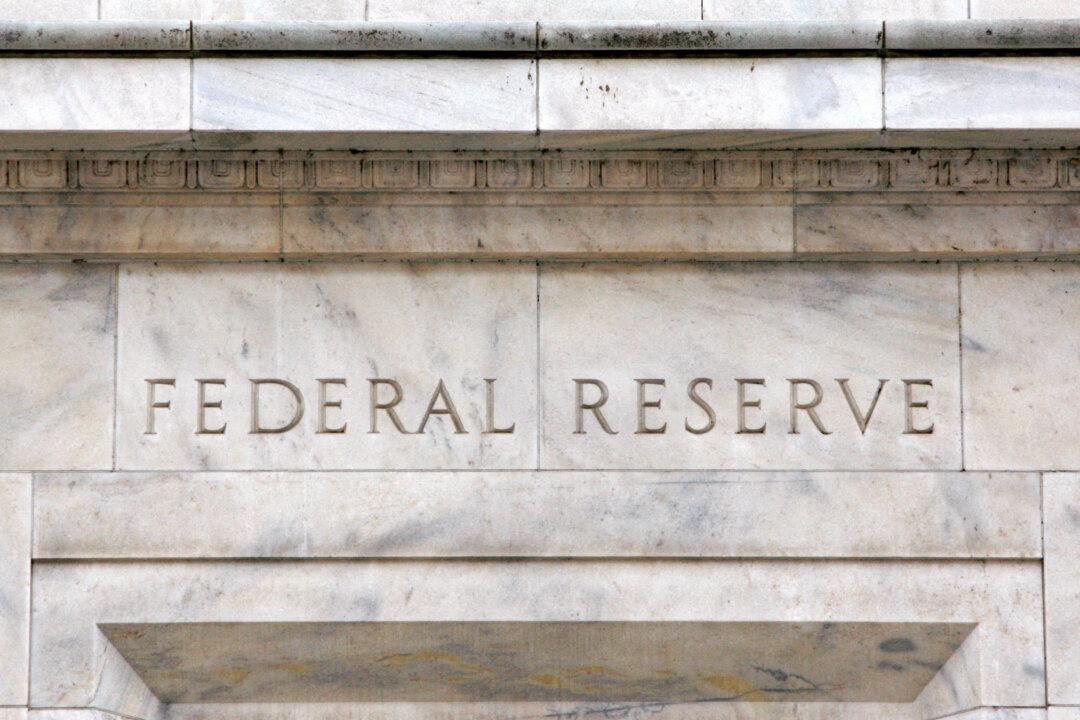U.S. household inflation is expected to rise over the next 12 months, despite signs of a slowing economy, suggesting stagflation.
The University of Michigan’s preliminary release of its overall consumer sentiment index for April came in at 63.5, up from 62.0 in March. Economists polled by Reuters had forecast a preliminary reading of 62.0.





